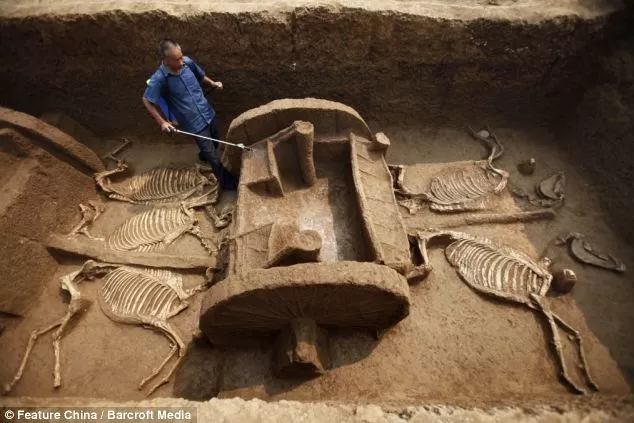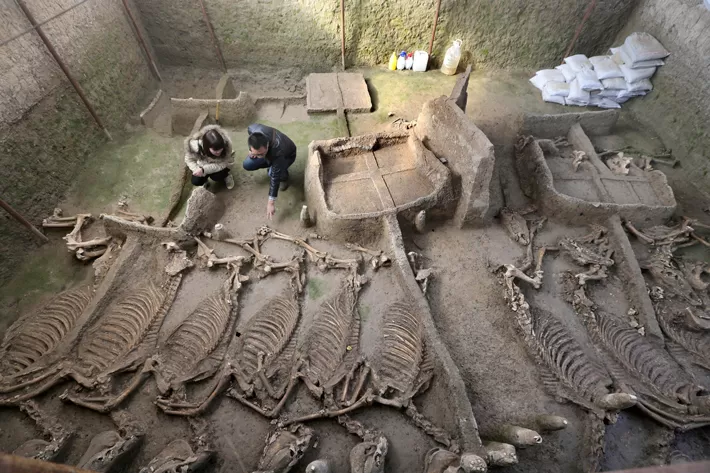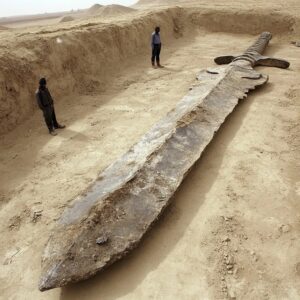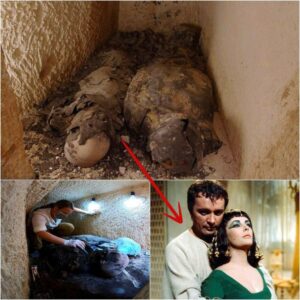A team of archaeologists has made a surprising discovery that sheds light on ancient civilizations: a 2,500-year-old chariot has been found, complete with a rider and horses in excellent condition of preservation. This find not only highlights the technical expertise of ancient civilizations, but also opens a window into their social, military and ritual life. What does this discovery mean for our understanding of ancient history?

The chariot was found in a region believed to have been an important cultural centre in ancient times. Archaeologists had been exploring the area for years, which has already yielded several remarkable artefacts, but the discovery of this chariot in such a complete state has surprised the scientific community. According to experts, the structure and decorative details of the chariot suggest that it belonged to a high-ranking figure or could even have been used in religious ceremonies.
The chariot, which includes a rider and horses, reflects the craftsmanship and technological knowledge of the time. The chariot’s structure is made of precious woods and metals, and displays an impressive level of decorative detail. Archaeologists have also identified traces of paint and other ornamentation on the horses and rider, suggesting that the chariot could have been part of ceremonial parades or even used in competitions or on the battlefield.

This chariot, along with the presence of the rider and the horses, is a testament to the beliefs, values and social structures of the time. Chariots may have been symbols of status or power, as well as being vehicles of war. Experts speculate that in its original context, this chariot could have been used to demonstrate military or religious power, or it could even have been part of a funerary rite.
Furthermore, the chariot reveals the extent of cultural interactions between different civilizations, as its design has similarities with artifacts from other ancient cultures. This suggests a possible network of exchange of ideas and techniques in the region during that time. 
The discovery of this 2,500-year-old chariot is a monumental achievement in the field of archaeology and represents a significant advance in the understanding of ancient civilizations. Each artifact found at these historic sites brings us closer to understanding how our ancestors lived, thought, and organized themselves. This find will undoubtedly inspire future research and excavations in the region, in search of more secrets that will allow us to unravel the complex web of ancient history.






